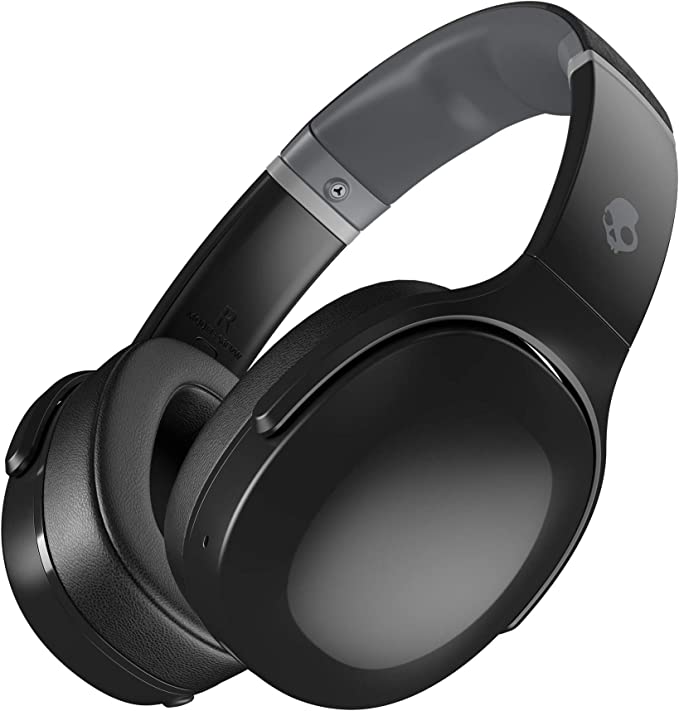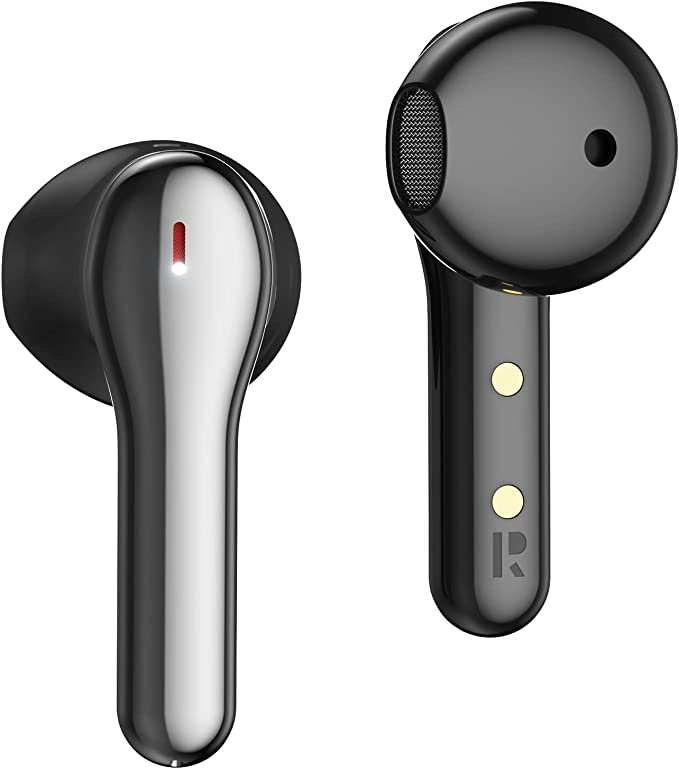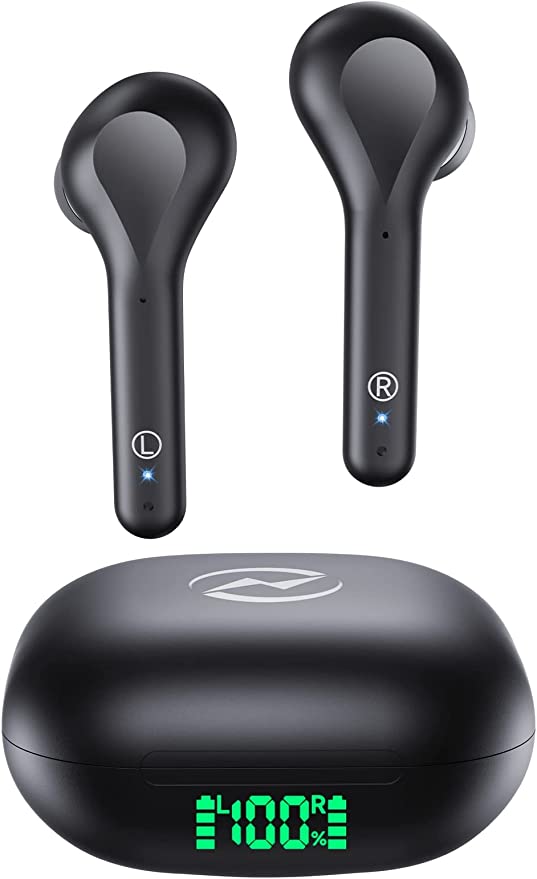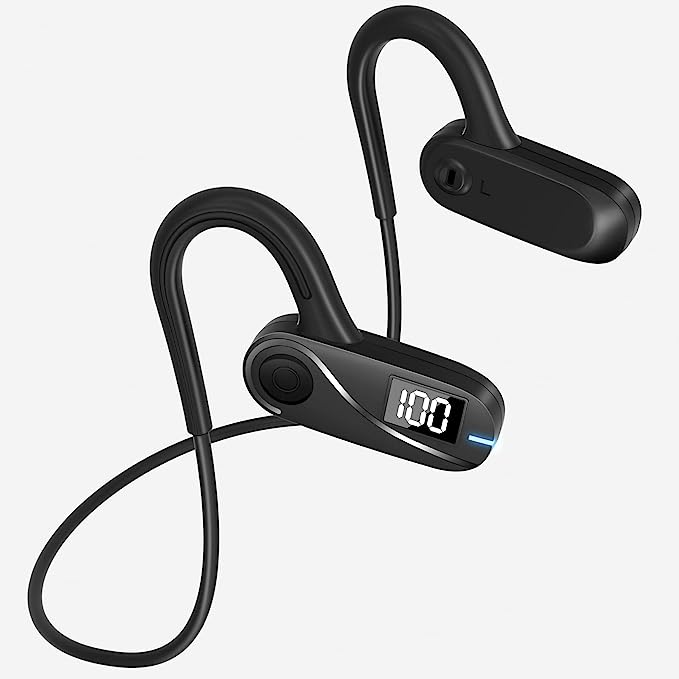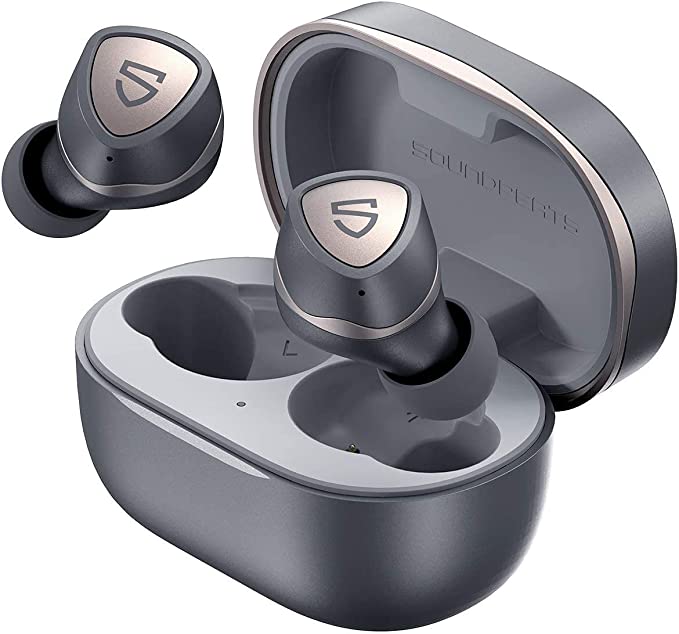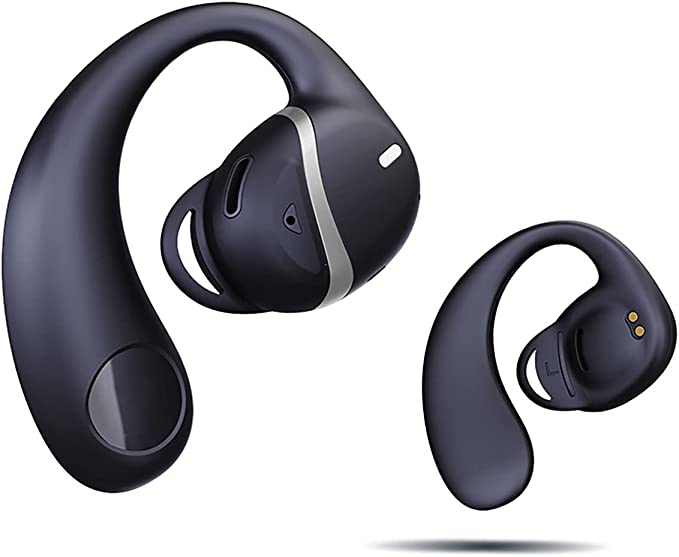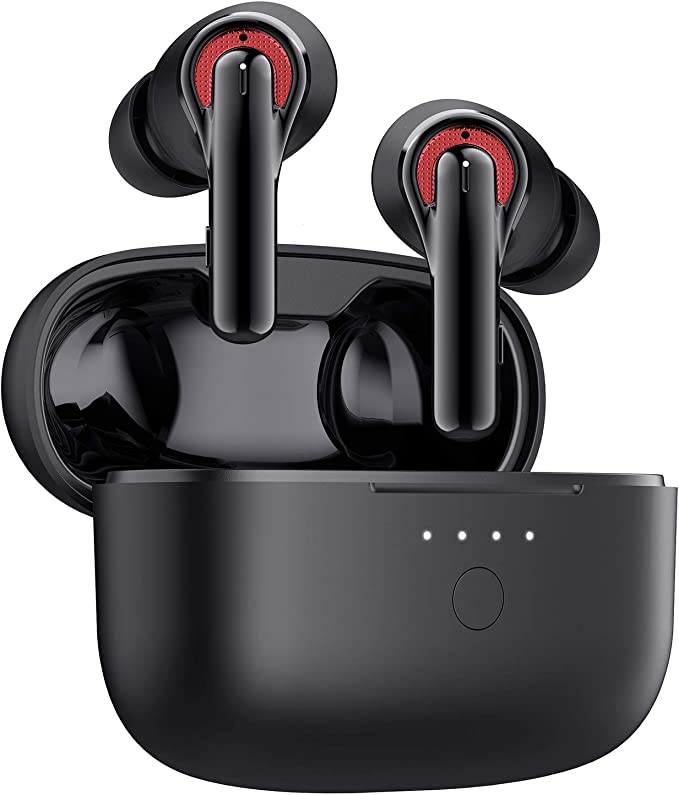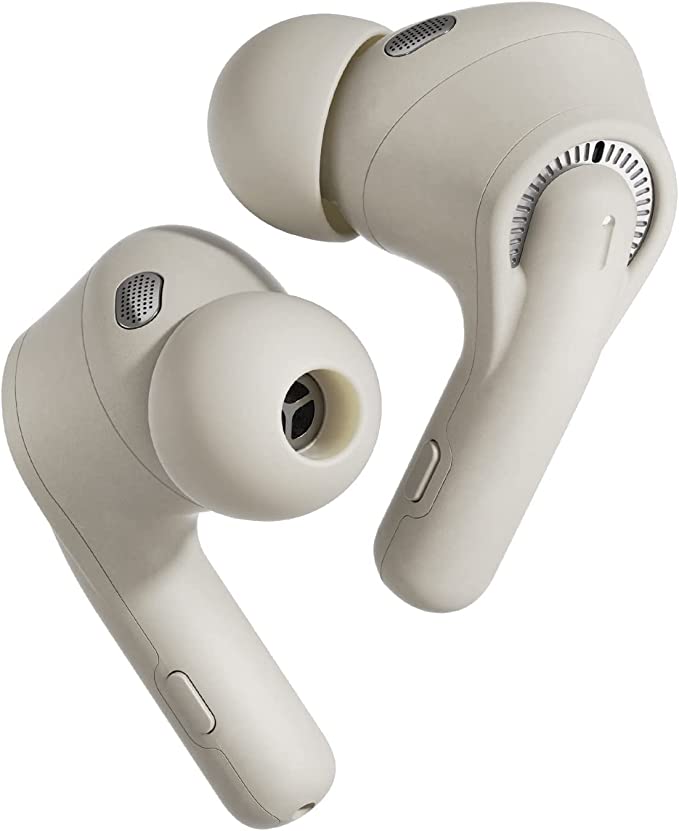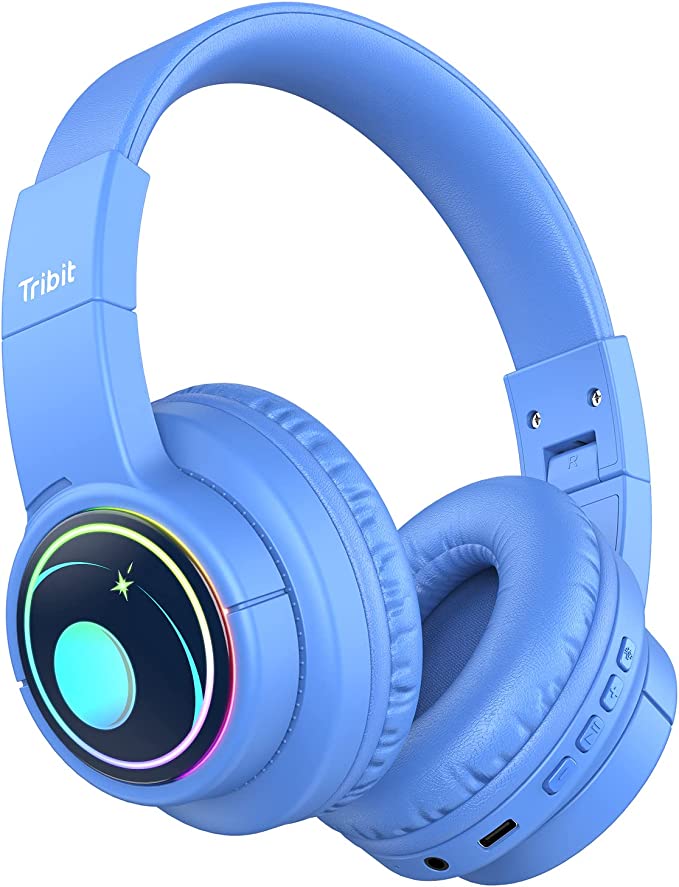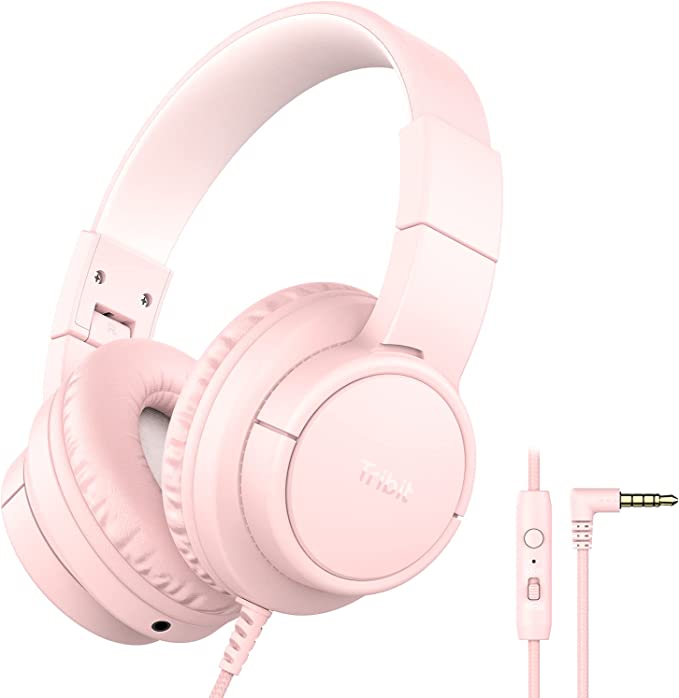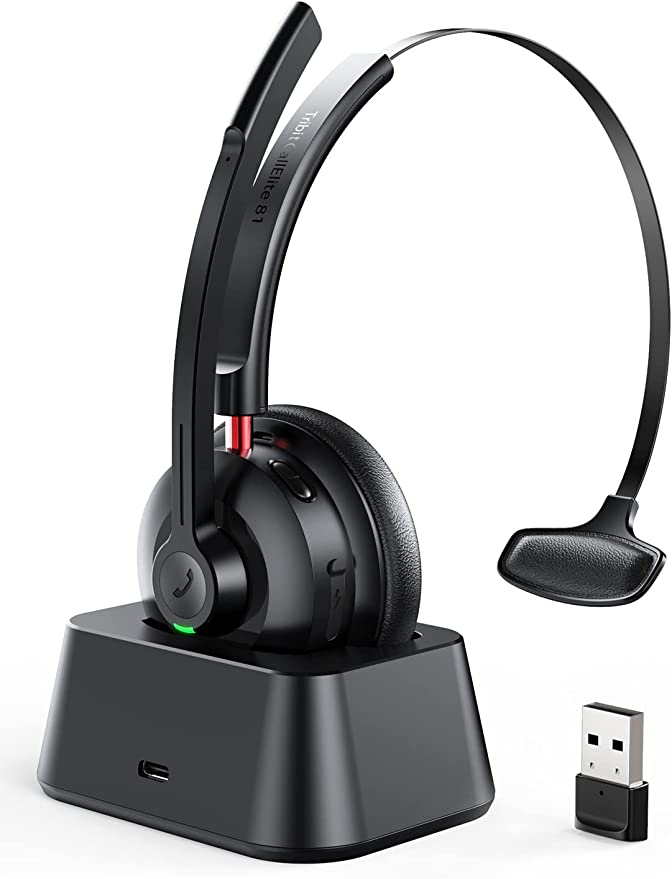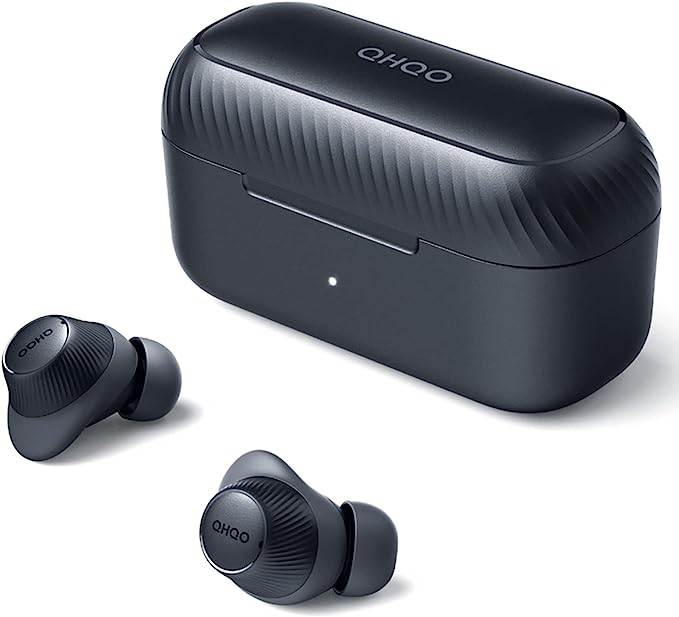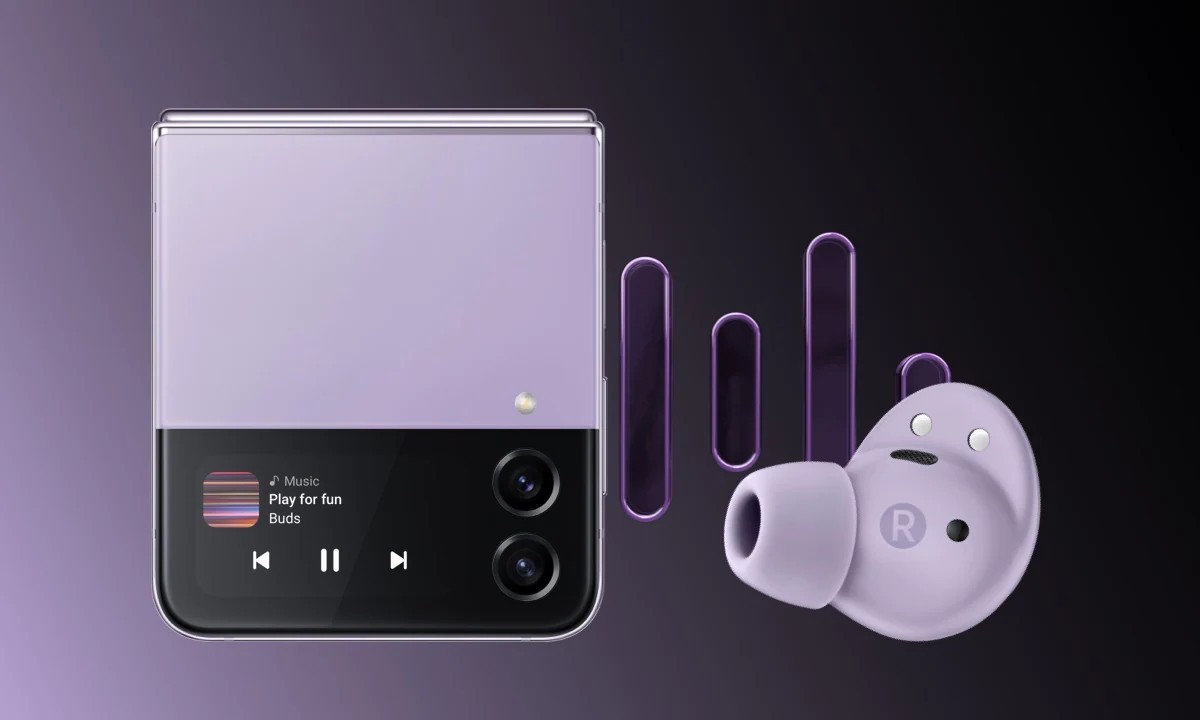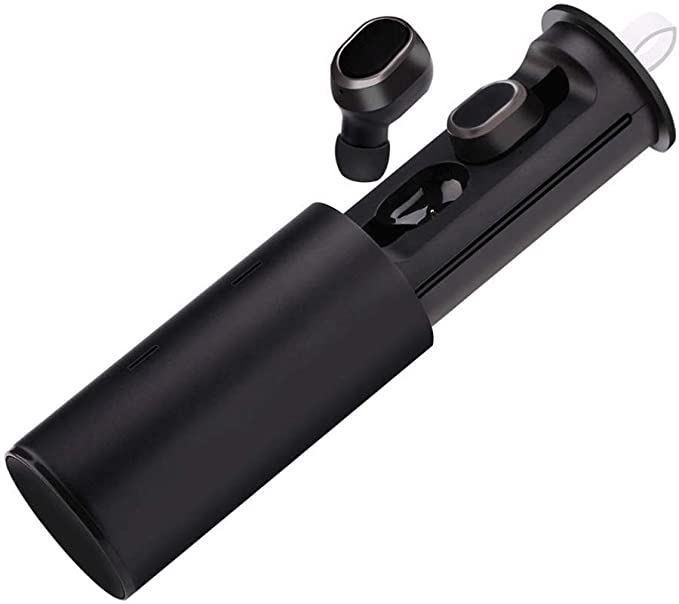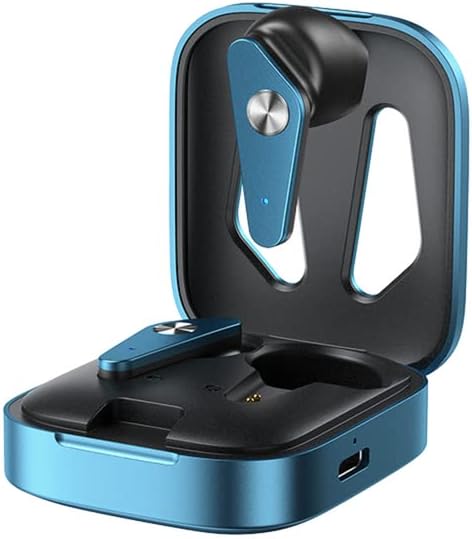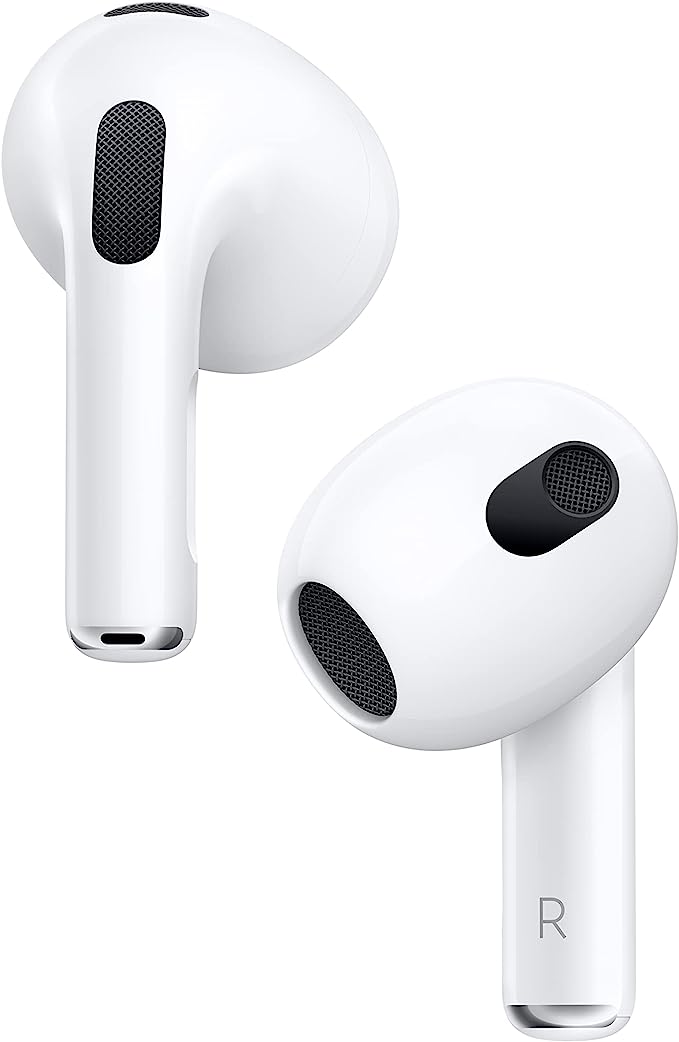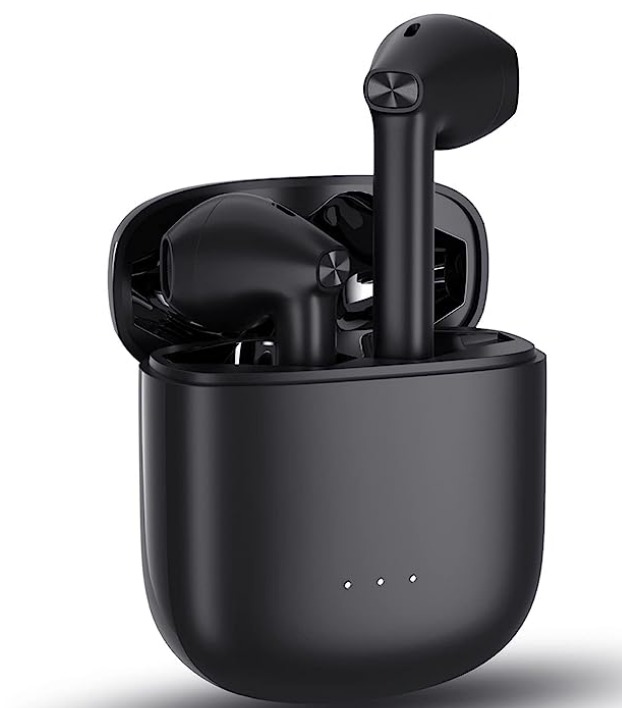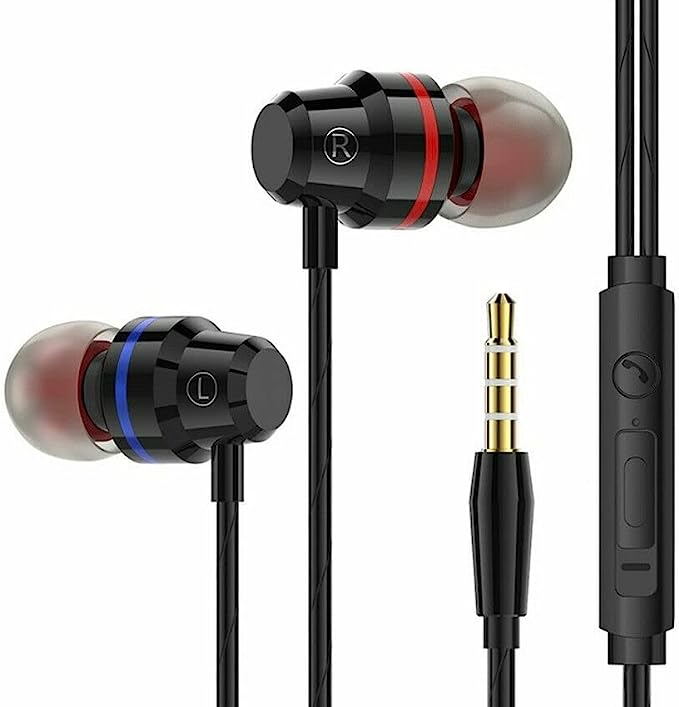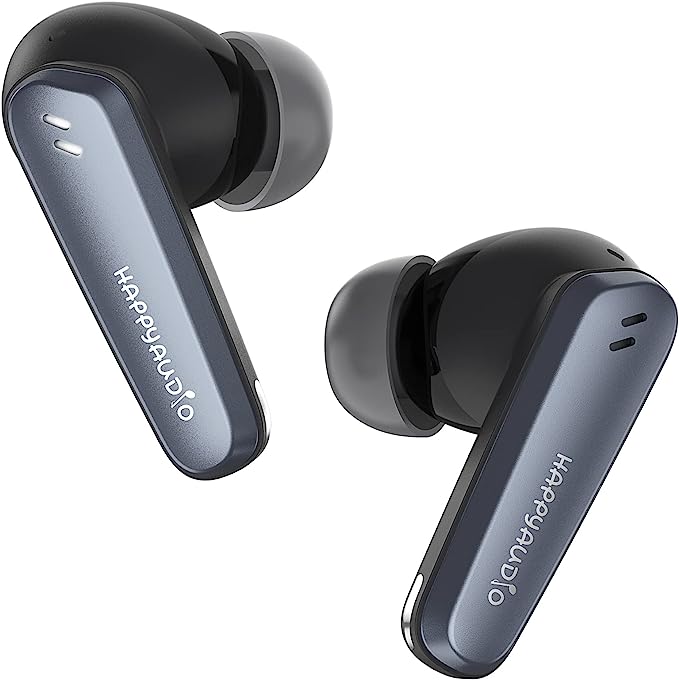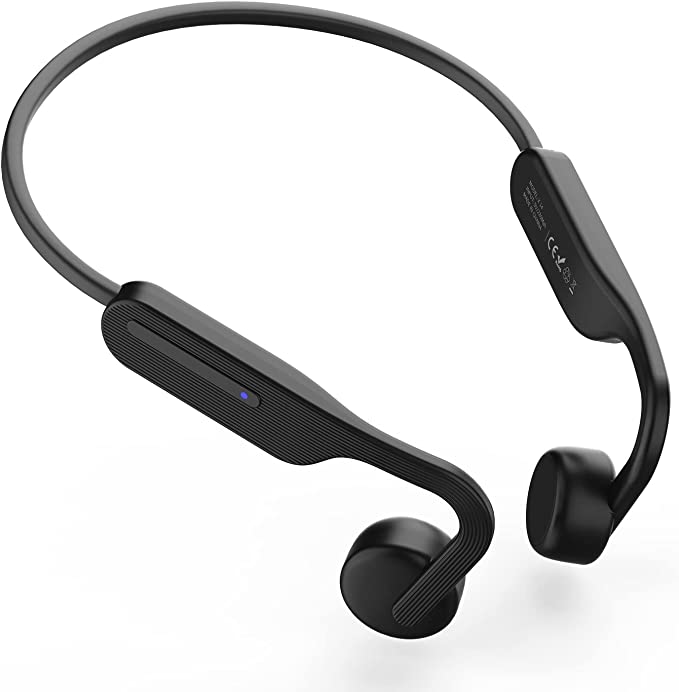Tribit SolarBuds C2: Crystal-Clear Calls with Advanced Noise Cancellation
Update on July 24, 2025, 7:07 p.m.
We’ve all performed the miracle. Standing in a loud, crowded room—a cafe buzzing with conversation, a wedding reception alive with music—we can effortlessly tune out the surrounding clamor to focus on a single voice. This marvel of selective hearing is known to psychologists as the “cocktail party effect.” Our brain, the most sophisticated audio processor known, sifts through a maelstrom of sounds to isolate the one that matters. Yet, when we pull out our sleek, modern earbuds to take a call in that same environment, the miracle often vanishes. The person on the other end is plunged into our chaos, hearing the clatter of plates and the laughter from the next table as clearly as they hear us.
Why is it so hard for technology to replicate what our brains do instinctively? The answer reveals a hidden battle being waged within our devices every second—a war between signal and noise. And understanding this war is the key to appreciating the silent, sophisticated engineering in products like the Tribit SolarBuds C2, which are designed not just to play music, but to serve as guardians for our voice.

The Acoustic Battlefield
Imagine your voice is a single, precious signal. Everything else—the city traffic, the wind, the office chatter—is noise. In the world of audio engineering, the ultimate goal is to achieve a high signal-to-noise ratio (SNR), to make your voice stand out, crisp and clear, from the background din. When you speak into a simple microphone, it acts like a single, wide-open gate, letting both the soldiers (signal) and the marauders (noise) flood through in an indistinguishable horde.
This is where intelligent design enters the fray. The first step in winning this war is not to build a higher wall, but to establish smarter sentries. On the SolarBuds C2, this takes the form of a 4-microphone array. Think of these not as four simple ears, but as a coordinated reconnaissance team deployed across the acoustic battlefield. Each mic is a listening post, capturing the entire soundscape but from a slightly different position. Their mission is to gather intelligence, noting the precise moment each sound wave arrives and its intensity. This raw data is then relayed to the command center.

The Commander and its Master Tactic
The command center for this entire operation is a tiny, powerful piece of silicon: the Qualcomm QCC3040 System-on-a-Chip (SoC). This is far more than a simple processor; it’s the battlefield commander, tasked with making sense of the chaotic intelligence streaming in from its reconnaissance team. Its most powerful weapon is a tactic borrowed from the world of physics and radar technology: beamforming.
Here’s how this elegant strategy works. When you speak, the sound waves of your voice travel towards the earbuds. Because the microphones are spaced apart, your voice hits the nearest mic a few microseconds before it hits the others. The QCC3040 chip analyzes these infinitesimal time delays. It instantly understands: “The signal with this specific timing pattern is the one I want. It’s the voice of my user.”
It then performs a kind of digital magic rooted in the principle of wave interference. The processor applies minuscule delays to the signals from the other microphones, effectively shifting them in time so that all the waves of your voice align perfectly. When these aligned waves are combined, they reinforce each other, a process called constructive interference. Your voice becomes dramatically louder and clearer in the final mix.
Simultaneously, it does the opposite for the noise. Sound waves from a car to your side will arrive at the microphones with a completely different timing pattern. The chip uses this information to flip the phase of some of these noise waves before combining them. Now, the peak of one wave meets the trough of another, and they cancel each other out in a process of destructive interference. The result is a virtual cone of silence that rejects sounds from the sides, sculpting a focused “beam” of listening sensitivity pointed directly at your mouth.

The Finishing Blow: CVC 8.0
Beamforming is the heavy artillery that wins the main battle, but the war for absolute clarity requires a final, surgical strike. This is where the software layer, Qualcomm’s CVC 8.0 (Clear Voice Capture), comes in. If the QCC3040 chip is the commander, CVC is its elite special operations unit, programmed with advanced algorithms to mop up any remaining enemies.
CVC 8.0 isn’t a single feature but a suite of them. Its adaptive filters identify and eliminate steady, droning noises that might have slipped past the beamforming net, like the hum of a fan or an airplane engine. Crucially, it also performs echo cancellation, ensuring the voice of the person you’re talking to doesn’t leak from your earbud’s speaker and get picked up by the microphones, a phenomenon that would create a disorienting echo for them. It’s the final polish that ensures the voice signal is not just isolated, but pristine.

The Fruits of Victory: The Joy of Listening
The journey of your voice, from a vulnerable signal on a noisy battlefield to a clear transmission, is only half the story. A conversation is a two-way street. The reward for this intense technological battle is also for you, the listener. This is where technologies like the Qualcomm aptX audio codec become vital.
After all that work to deliver a clear voice, or when you switch to listening to music, you need a high-quality transport to carry that audio to your ears. Standard Bluetooth codecs often have to compress audio heavily, sometimes sacrificing the subtle details in the high trebles or low bass that give music its texture and life. The aptX codec uses a more intelligent compression algorithm, designed to preserve more of this crucial data. It ensures that the intricate soundscapes of your favorite songs, and the nuanced tones of a human voice, arrive with the fidelity they deserve. This entire complex exchange of data is built upon the stable, efficient foundation of Bluetooth 5.2, the unseen highway that makes seamless, high-quality wireless audio possible.

In the end, a device like the Tribit SolarBuds C2, with its 3.8 out of 5-star rating from a small pool of 10 users on its retail page, serves as a fascinating case study. It shows how cutting-edge technology is democratized into consumer products, and also how the perfect execution of that technology in the real world remains a complex challenge.
But the science itself is undeniable. The next time you take a call in a chaotic place and the person on the other end says, “You sound perfectly clear,” take a moment. Appreciate the silent, lightning-fast war being fought and won inside your earbuds—a symphony of physics, computer science, and engineering, all orchestrated to protect one of the most fundamental and precious things we have: a clear connection.
